NW Noggin joined the Right Brain Initiative for the Right Brain Initiative Summer Symposium at the Portland Art Museum this last Thursday.
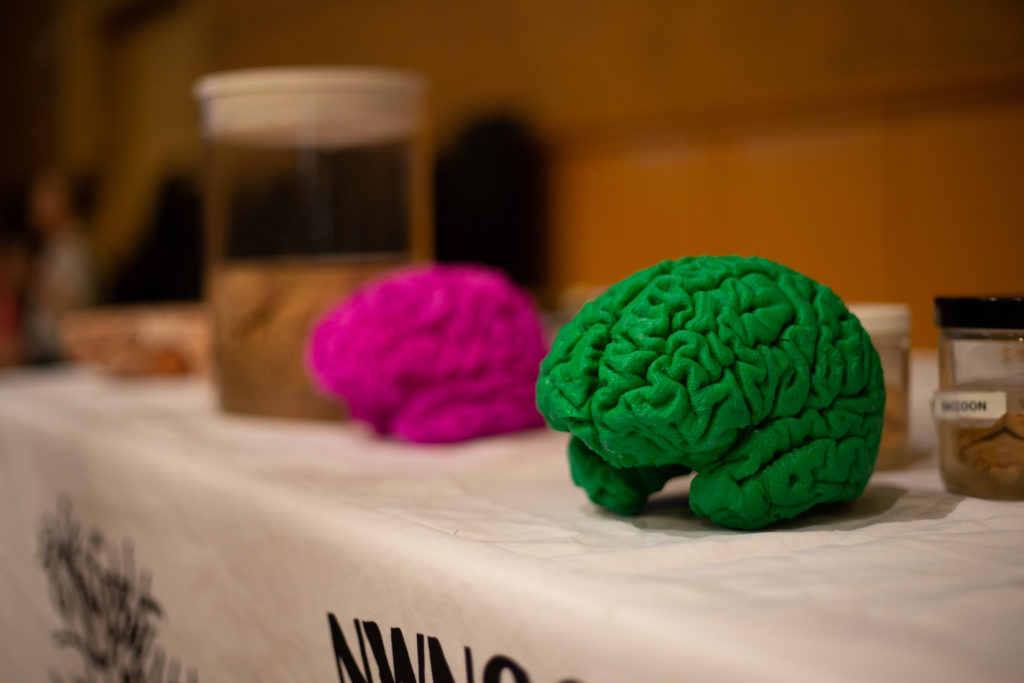
Photo by Jon Richardson
Jeff Leake, along with artist Kindra Crick and PSU undergraduate Jordan Ray talked to educators from around Oregon about the integration of science in art education.
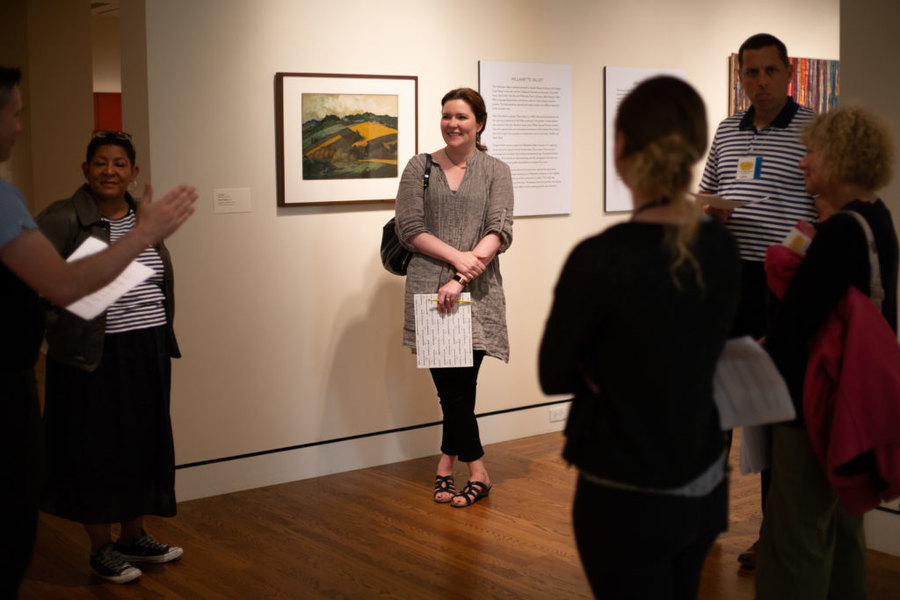
Photo by Jon Richardson
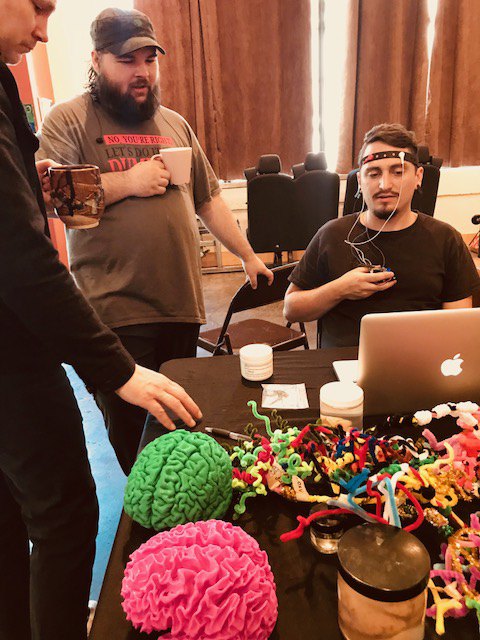
Photo by Bill Griesar
Jeff also ran a workshop focused on memory and learning…
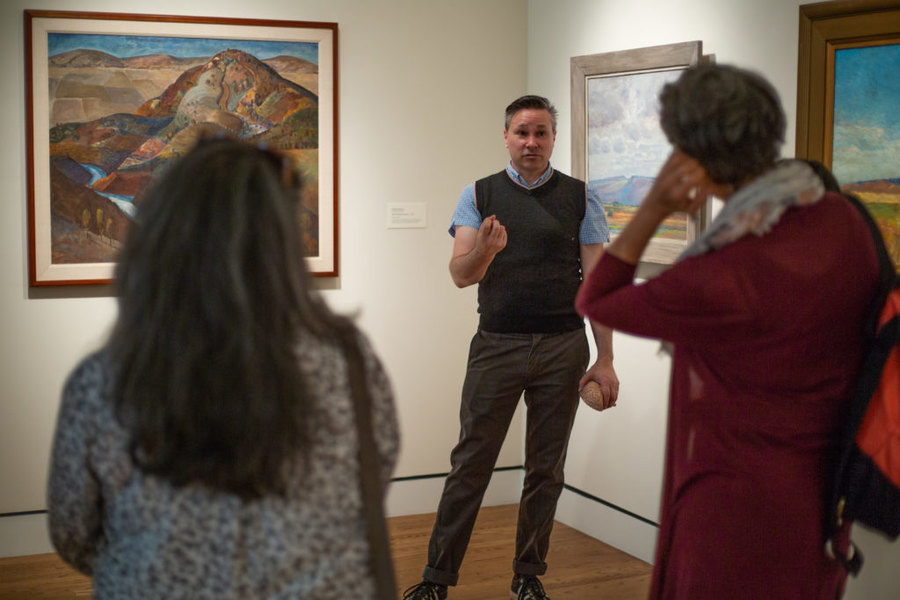
Photo by Jon Richardson
In this workshop, we first discussed aspects of working memory…
From the NIH, “Working Memory is the active maintenance and flexible updating of goal/task relevant information (items, goals, strategies, etc.) in a form that has limited capacity and resists interference…”
LEARN MORE: Working Memory
It is thought that the average person can keep only seven (+/- two) items in working memory at any one time. People with higher capacity working memories often rely on “chunking,” a process that groups various items together (e.g., “503” is chunked as one area code for Northwest Oregonians, not as three separate numbers, “5,” “0” and “3…”).
Declarative memory is an umbrella term for episodic memory, which is memory for specific events, with you as a participant, and semantic memory, which is memory for rules and fact-based information. Declarative memory is processed and stored in a number of different areas of the brains limbic and cortical systems.
There is also a form of memory known as procedural memory…
Procedural memory is routine-based “how-to” memory, as in memory of how to ride a bike or tie your shoes. This kind of memory is primarily dependent on the cerebellum, or little brain, a separate structure underneath the cerebral hemispheres, and also the basal ganglia, a set of interconnected subcortical nuclei critical for the timing of behavior….
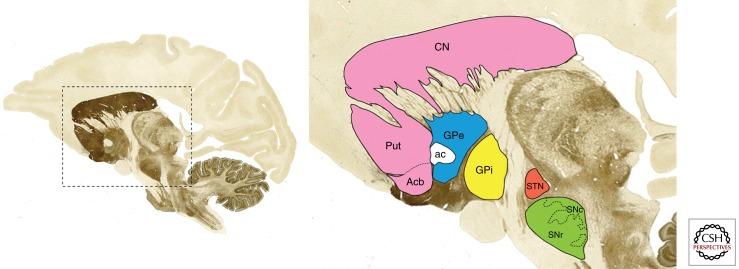
FIGURE SOURCE: Basal ganglia nuclei. Parasagittal section through the monkey brain (stained with the acetylcholinesterase method) showing the localization and boundaries of all major components of the basal ganglia system.
LEARN MORE: Functional Neuroanatomy of the Basal Ganglia
LEARN MORE: Basal ganglia @ Beaumont!
We also discussed some other critical structures involved in memory processing, such as the hippocampus, the anterior cingulate cortex, and the amygdala.
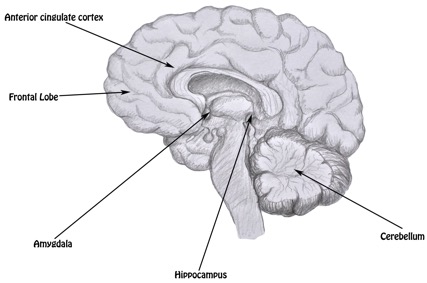
LEARN MORE: White Matter on Wy’East
Participants briefly looked at two different Charles Heaney paintings, and then tried to recreate them from memory. Charles Heaney himself, with the aid of sketches drawn on site, created his own paintings of Oregon primarily from memory.
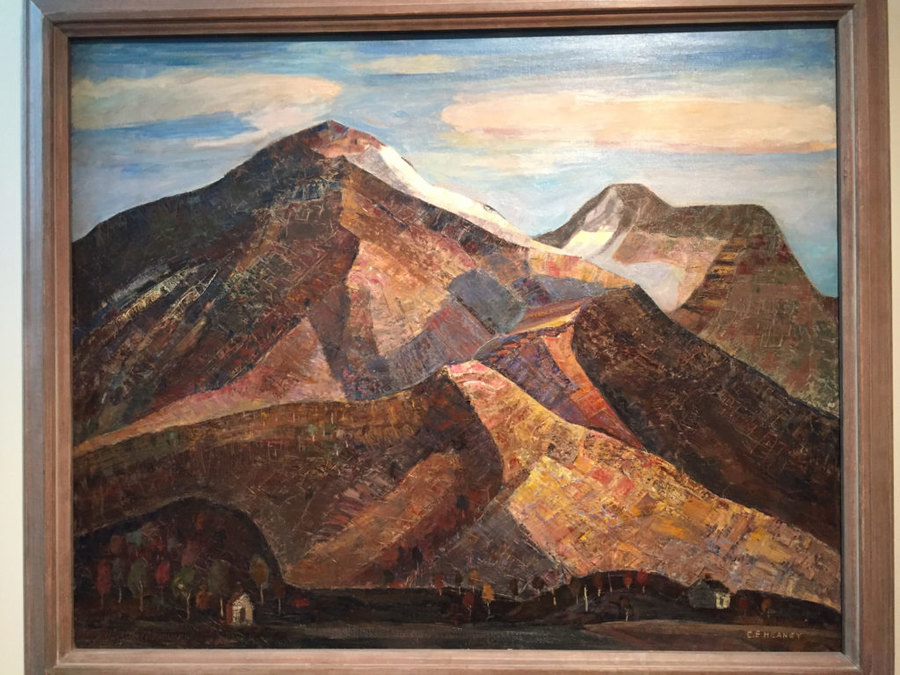
Charles Heaney, Mountains, 1938
With the first image, participants looked at the painting for one minute and then went into another room to recreate what they could remember from it.
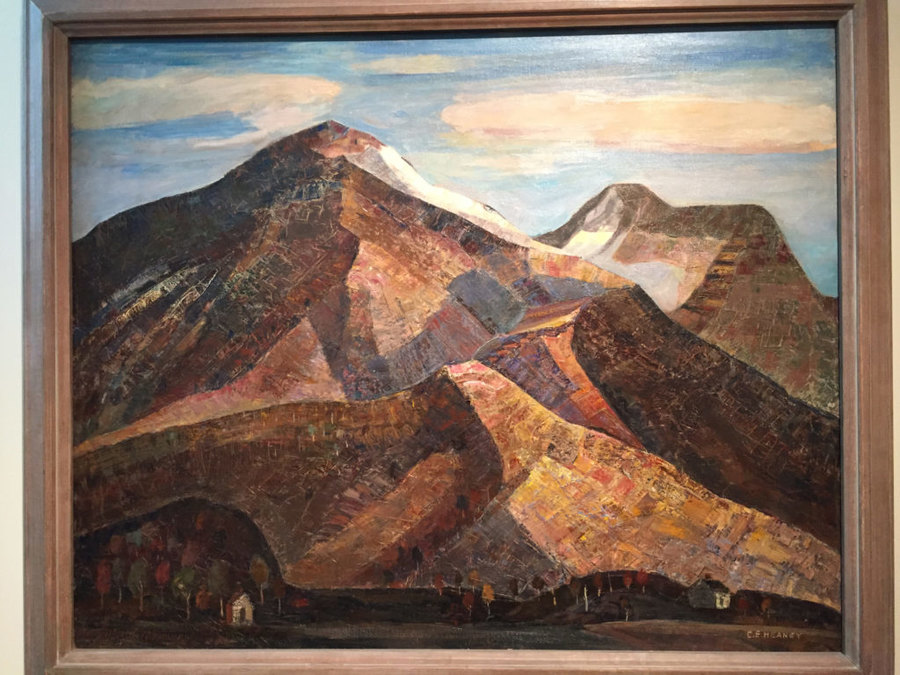
Charles Heaney, Hills John Day Country, 1939
With the second image, they were asked to imagine themselves walking through the painting from the foreground to the background. For each place they visited they came up with a descriptive adjective for it and imagined that they took one item from that place.
After doing this for four to five areas in the painting we went to the other room and recreated what we could remember. Participants discovered that they could much more vividly recall those areas that they imagined themselves visiting. We were then able to discuss the roles that narrative, emotional context, and novelty play in the creation and retention of memories.
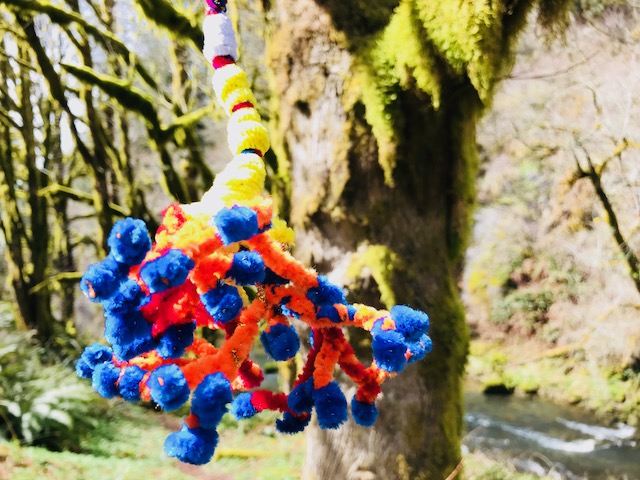
Explore more on memory, learning, and visual thinking strategies:
The Influences of Emotion on Learning and Memory
Chai M. Tyng, Hafeez U. Amin, Mohamad N. M. Saad, and Aamir S. Malik*
https://www.ncbi.nlm.nih.gov/pmc/articles/PMC5573739/
Emotional learning selectively and retroactively strengthens memories for related events.
Dunsmoor JE1, Murty VP1, Davachi L1, Phelps EA2.
https://www.ncbi.nlm.nih.gov/pubmed/25607357?dopt=Abstract&holding=npg
Two types of event memory
Henry L. Roediger, III1 and Kathleen B. McDermot
https://www.ncbi.nlm.nih.gov/pmc/articles/PMC3876270/
Memorable Audiovisual Narratives Synchronize Sensory and Supramodal Neural Responses
Samantha S. Cohen1 and Lucas C. Parra2
https://www.ncbi.nlm.nih.gov/pmc/articles/PMC5103161/
Abigail Housen and Philip Yenawine’s Visual Thinking Strategies


